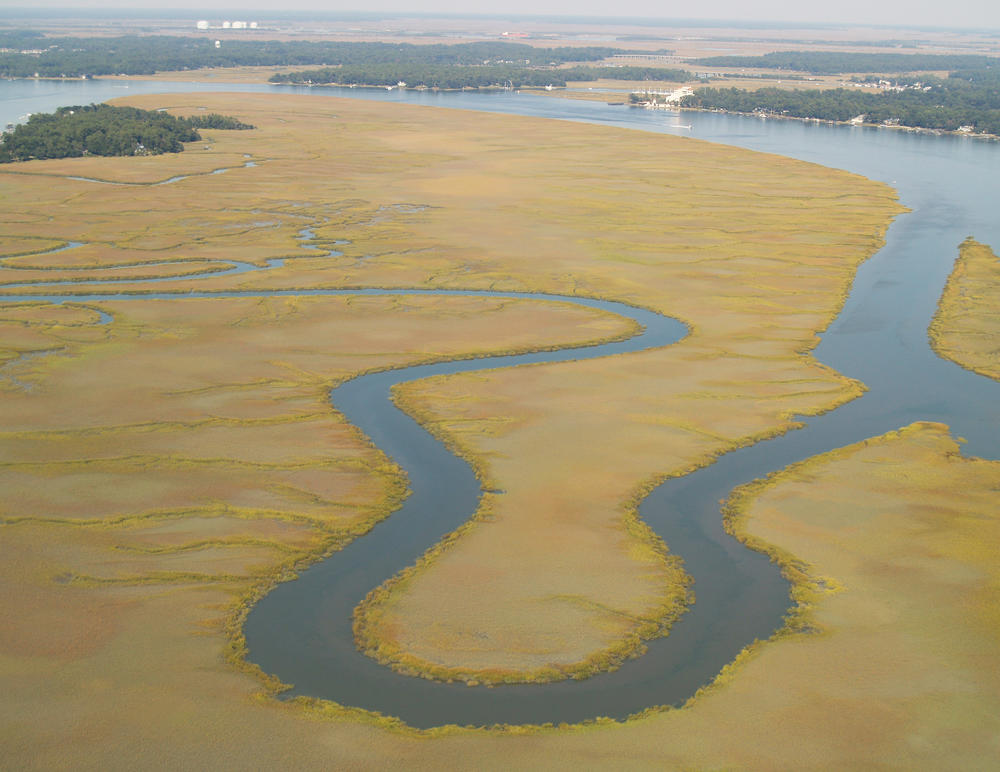Section Branding
Header Content
Oceanographer Tallies Value Of GA's Salt Marshes
Primary Content
When we talk about Coastal Georgia’s salt marshes, it’s often in terms of how pretty they are, or all the birds and other species that live there. But how much are they worth? Oceanographer Bill Savidge, of the University of Georgia Skidaway Institute of Oceanography, has tallied up the value of the “goods and services” the marshes provide - from commercial and recreational fishing to storm surge protection.
GPB’s Emily Jones asked Savidge why he decided to put the marshes in economic terms.Oceanographer Bill Savidge and GPB's Emily Jones discuss the economic value of Georgia's salt marshes.
Savidge will speak Tuesday evening at the McGowan Library on the UGA Skidaway Marine Science Campus, with a reception at 6:15 p.m. followed by the program at 7.
Interview highlights
On the need for a dollar value on an ecosystem:
"I think we as natural scientists...are willing to accept the marshes on their own terms, but that really doesn't apply to everyone. And in this built human world, the medium of exchange is dollars and cents, so if you were going to explain to someone how marshes may be meaningful, tryin to put it in a dollar-and-cents term makes sense for some people."
On how he hopes people use his analysis:
"We have input, somehow, into how marshes are treated or used, and we have to balance as a society the goods that come from, perhaps, molesting those marshes in some way versus the goods and value that comes from attempting to preserve them. And that's an economic balance, so being able to put a dollar value on the marshes as they are and the return on investment as they are has to be factored in, or ought to be factored in, to those economic decisions."


